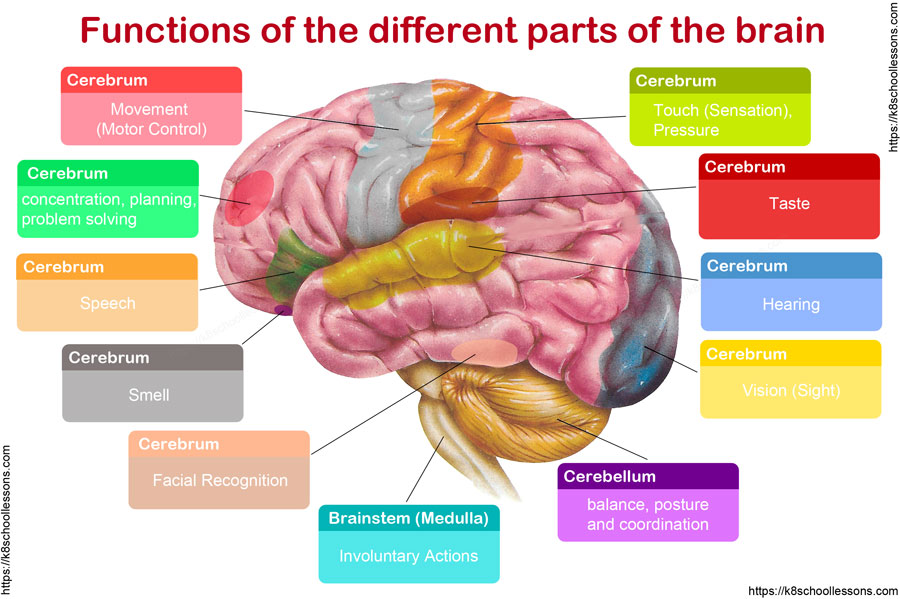


#Part of the brain that controls emotion series
The researchers asked the patients to participate in a task looking at a series of objects. To test that idea, Willie, Inman, Manns, and colleagues recruited 14 epilepsy patients who were to undergo surgery that required inserting intracranial depth electrodes to monitor seizure activity during the procedure. “And we wondered if we could tag particular experiences to be better remembered later-better stored than your everyday experiences-if we could stimulate this same part of the amygdala in people.” We had a lot of evidence to suggest that this could also work in humans,” says Inman. “This work was motivated by those studies from Manns’ lab. The studies showed that, indeed, stimulation did help, enhancing the ability of the rats to recognize images after a learning session. They used a DBS, implanting electrodes deep in the rats’ brains and then stimulating the basolateral complex of the amygdala during learning, to see if there was any increase in the overall salience readings of the things they wanted the rats to remember. The amygdala may have an upstream role where it is helping the brain figure out what is most important to remember, telling it, ‘Hey, you need to pay attention to this and remember it in the future,’ whether it’s emotional or not.”įollowing this line of thinking, Willie, post-doctoral fellow Cory Inman, and psychologist Joseph Manns wondered if they might help potentiate, or “tag,” certain memories in rats by stimulating the amygdala. “Probably in terms of other sorts of salience, too. “It’s likely that the amygdala probably plays multiple modulatory roles when it comes to memory beyond just emotional salience,” Willie explains.

Recent research, though, suggests that the amygdala’s role in memory consolidation may go beyond just the emotional aspects of our experiences. Things that have strong emotions associated with them, good and bad, are likely to be the things that allow a species to not only stay alive, but also thrive in its environment. This makes sense from an evolutionary perspective: The amygdala is often thought of as being a sort of survival-oriented brain area. The pioneering work of James McGaugh, a neuroscientist at University of California Irvine and member of the Dana Alliance for Brain Initiatives, has shown, time and time again, that strong emotions help humans and other animals acquire and retain lasting memories-and that the amygdala helps modulate that effect. “If you have an emotional experience, the amygdala seems to tag that memory in such a way so that it is better remembered.” Willie, M.D., Ph.D., neurosurgeon and director of the laboratory for behavioral neuromodulation at Emory University in Atlanta. “One role we are very familiar with, when it comes to the amygdala and memory, is that of emotional salience,” says Jon T. While it is often associated with the body’s fear and stress responses, it also plays a pivotal role in memory. The amygdala may be best known as the part of the brain that drives the so-called “fight or flight” response. Now, new research from Emory University suggests that direct stimulation of the amygdala via deep brain stimulation (DBS) electrodes can enhance a person’s recognition of images seen the day before, leading to the possibility of potential DBS treatment for patients with memory-related disorders. The amygdalae, a pair of small almond-shaped regions deep in the brain, help regulate emotion and encode memories-especially when it comes to more emotional remembrances.


 0 kommentar(er)
0 kommentar(er)
